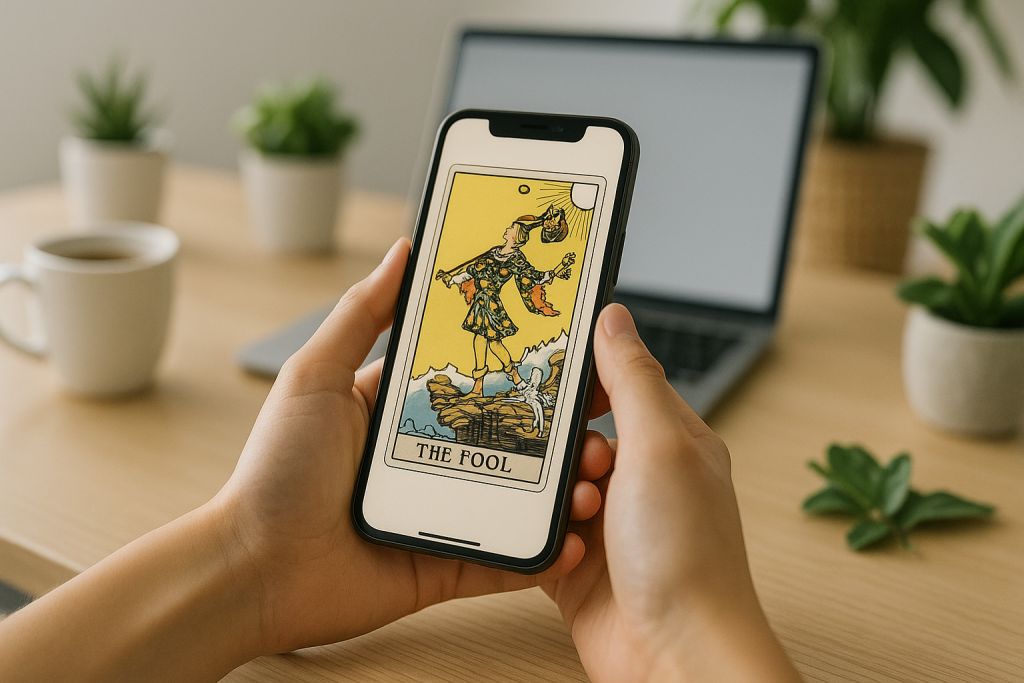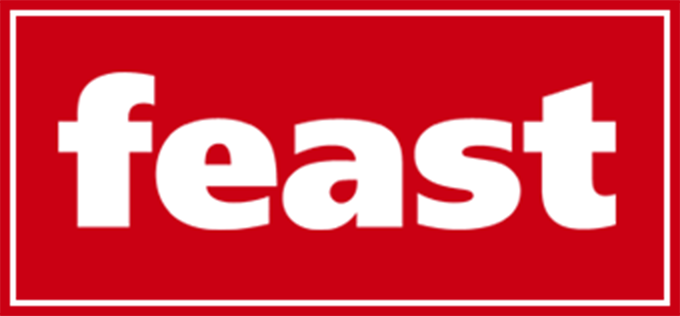Walk into any trendy café in London and you’ll likely spot someone shuffling a deck of tarot cards or scrolling through a divination app. What was once considered the domain of fortune tellers has quietly become mainstream, particularly among younger professionals seeking guidance in an uncertain world.
The numbers tell the story. Google searches for “tarot reading” have increased by 350% in the past five years, with the biggest spike among 18-35 year olds. Social media platforms are flooded with tarot content, and what’s interesting is how the practice has evolved.
From Mystical to Practical
Today’s tarot users aren’t necessarily seeking predictions about the future. Instead, they’re using cards as a tool for self-reflection and decision-making. Think of it as a spiritual version of pros and cons lists.
“I don’t believe the cards can tell me what will happen,” says Emma, a 28-year-old marketing manager from Brighton. “But they help me think about situations from different angles. It’s like having a conversation with myself.”
This shift has led to simplified approaches to tarot reading. Traditional Celtic Cross spreads, with their complex layouts and lengthy interpretations, are giving way to quicker, more focused methods.
The Appeal of Simple Answers
Perhaps the most popular trend is yes-no tarot reading – a streamlined approach that provides direct answers to specific questions. Instead of interpreting multiple cards and their relationships, you ask a clear question and draw a single card for guidance.
The appeal is obvious in our fast-paced world. When you’re wondering whether to accept a job offer, go on a second date, or book that weekend trip, sometimes you don’t need deep mystical insight – you just need a nudge in one direction.
Online platforms have made this even more accessible. Sites offering yes no tarot readings allow people to get quick guidance without the time investment of traditional sessions.

Psychology Behind the Cards
What’s fascinating is how well this aligns with modern psychology. Psychologists have long noted that people often know what they want to do but struggle with decision-making due to overthinking or fear of making the wrong choice.
The act of asking a specific question and accepting an external input – whether from cards, coin flips, or other methods – can help bypass this mental paralysis. It’s not that the cards are magical; it’s that the process helps clarify your own thoughts.
Dr. Sarah Chen, a cognitive psychologist at King’s College London, explains: “Any tool that helps people cut through rumination and take action can be psychologically beneficial. The key is using it as one input among many, not as a substitute for critical thinking.”
A Daily Practice
Many young professionals now incorporate tarot into their morning routines, much like meditation or journaling. A quick card pull before starting the day provides a moment of reflection and intention-setting.
The practice has evolved far from its mystical roots. For many users, it’s become a secular tool for mindfulness and decision-making – a way to pause, reflect, and move forward with intention in an increasingly chaotic world.
Whether you’re a skeptic or a believer, it’s hard to argue with anything that helps people think more clearly about their choices. In a culture overwhelmed by options, sometimes the simplest tools prove most effective.


